Optimal Timing for Stamped Concrete Service
Understanding the optimal time for stamped concrete service ensures a durable and visually appealing finish. The right timing depends on various weather and seasonal factors, which can influence the curing process and final appearance.
Spring offers moderate temperatures and lower humidity, making it suitable for stamped concrete applications. It allows sufficient curing time before the heat of summer.
Summer can be ideal if temperatures are not excessively high. Early morning or late evening installations help avoid rapid drying and cracking.
Fall provides cooler temperatures and less direct sunlight, which can improve curing. However, early frost can impact the process in some regions.
Winter is generally not recommended due to low temperatures and potential for frost, which can hinder curing and adhesion.

Ways to make Stamped Concrete Service work in tight or awkward layouts.
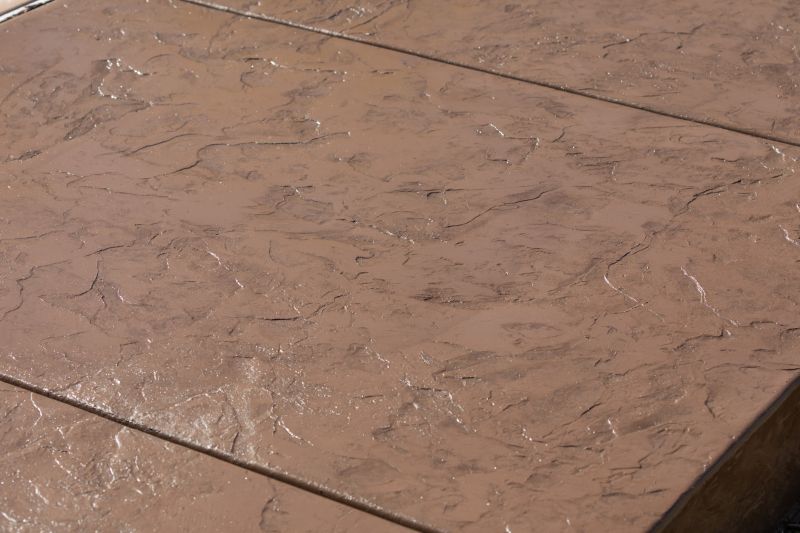
Popular materials for Stamped Concrete Service and why they hold up over time.
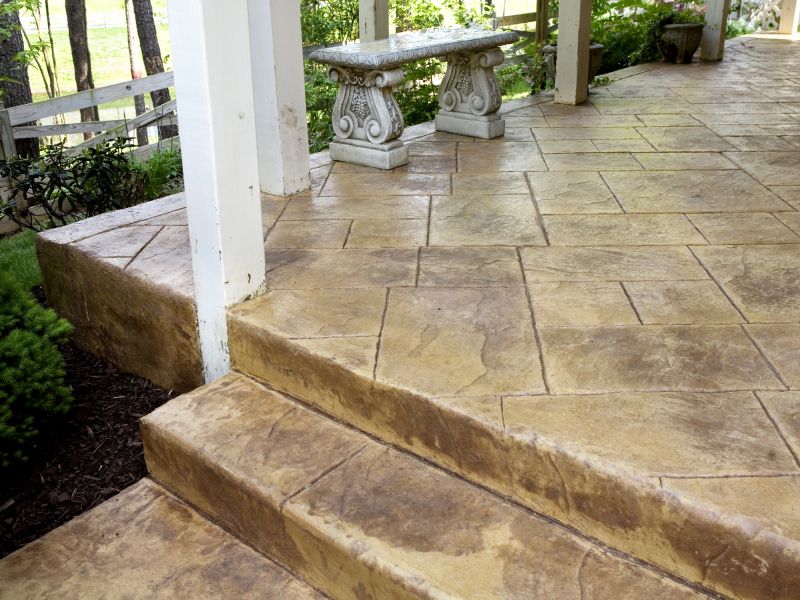
Simple add-ons that improve Stamped Concrete Service without blowing the budget.

High-end options that actually feel worth it for Stamped Concrete Service.
| Season | Ideal Conditions |
|---|---|
| Spring | Moderate temperatures, lower humidity, optimal for curing |
| Summer | Early morning or late evening, avoid extreme heat |
| Fall | Cooler temperatures, less direct sunlight |
| Winter | Low temperatures and frost hinder curing |
Stamped concrete service involves imprinting patterns and textures onto freshly poured concrete to mimic materials like brick, stone, or tile. This decorative technique enhances outdoor spaces, offering a customizable and long-lasting surface. Proper timing ensures the concrete cures correctly, preventing issues such as cracking or uneven surfaces. According to industry data, scheduling during favorable weather conditions can extend the lifespan of stamped concrete by reducing the risk of damage caused by improper curing.
The curing process is critical for achieving the desired aesthetic and durability. Optimal conditions include temperatures between 50 and 80 degrees Fahrenheit with low humidity. Installing during these periods minimizes the risk of surface defects and ensures the pattern remains sharp. Proper planning around seasonal weather can lead to a more uniform and resilient finished product.
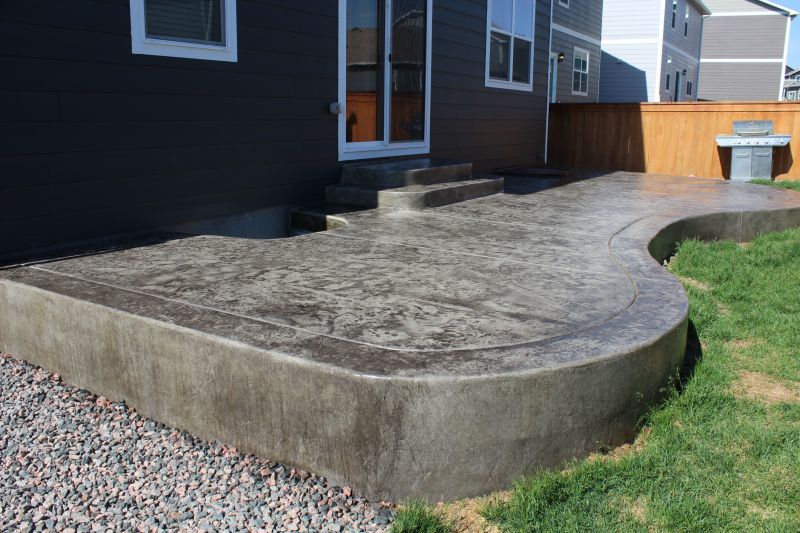
Finishes and colors that play nicely with Stamped Concrete Service.
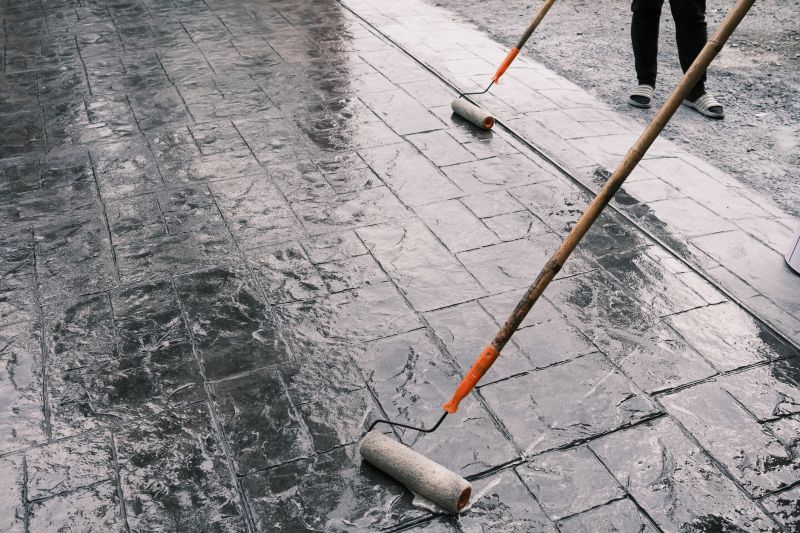
Little measurements that prevent headaches on Stamped Concrete Service day.

A 60-second routine that keeps Stamped Concrete Service looking new.
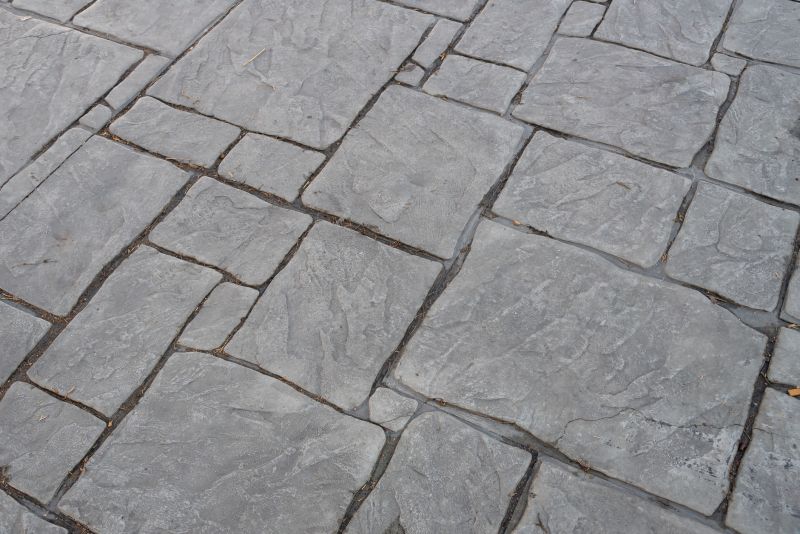
A frequent mistake in Stamped Concrete Service and how to dodge it.
Interested parties are encouraged to contact for more details about scheduling stamped concrete services. Proper timing can significantly impact the final appearance and longevity of the decorative surface, making it a worthwhile consideration for any outdoor project.
